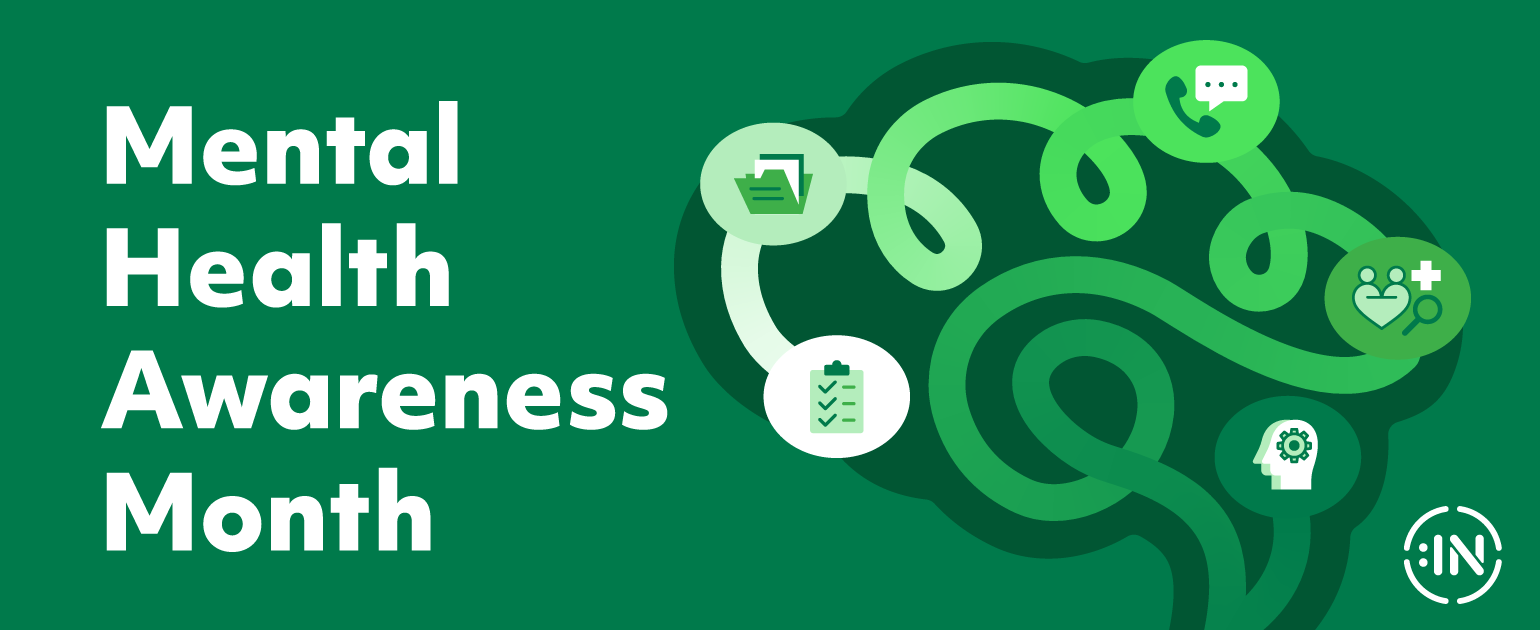By Leslie L. Wilson, M.S.
Senior Vice President, Global Workplace Initiatives
Disability:IN
Fifteen years ago, my family experienced a mental health crisis. Not just one of us, but all of us.
For too long, my family did nothing because we were not sure what to do. We were concerned about the stigma associated with a diagnosis of mental illness and what others would think. We waited until a treatable illness, clinical depression, became a life crisis.
Our story had a happy ending due to the intervention of a work colleague, a well-matched psychiatrist, and medications that have been tweaked over time. But for many others impacted across the globe, they may not have such an ending.
This is why we, at Disability:IN, developed a Roadmap to Mental Wellness in the Workplace to inspire action, improve workplace productivity, and impact the well-being of millions of employees and their families around the world.
Mental vs physical health
We all have physical health, and we all have mental health. In fact, Accenture’s research has shown that 9 out of 10 employees are touched by mental health challenges, either personally or through someone they are close to.
But the difference between the two is that we are more likely to discuss our physical illnesses and to seek treatment, even though mental illness is treatable.
In fact, mental health conditions have recovery rates equal to and greater than many medical conditions—yet only one-third of us who need help will seek it.
COVID-19 intensifies the mental health crisis
The pandemic did not create the current mental health crisis, that existed long before, but it intensified it. For example:
- It is estimated that nearly 1 in 5 U.S. adults live with a mental illness.
- Over the past decade mental and emotional health issues “increased significantly,” according to the American Psychological Association.
The pandemic did put mental health front and center in our workplaces. Crises like the pandemic may adversely impact employees who have diagnosed mental illnesses; employees who have been traumatized in the past are at increased risk. Others may develop mental health conditions during COVID-19.
All of this may adversely affect productivity, increase absenteeism, and disrupt teamwork.
Taking action
Companies across the globe have the power to create change. When employers recognize the impact mental illness has on their employees and create a culture that supports employees’ mental health, employees speak more openly, know where to go for help or advice, and love their jobs at twice the rate.
As more leaders openly address mental wellness in their workplaces, fulfill the mental health needs of their workforces, and take action to make supports and services available—employers around the world will follow their lead.
Here are some tips to get started in your workplace:
- Talk about mental health as openly as you talk about physical health. May is Mental Health Awareness Month, an excellent time for leaders and others to share their stories. This will reduce stigma and encourage more employees to seek treatment when needed.
- Improve access and the quality of mental health services. Audit your current benefits package and talk to employees to determine the accessibility and efficacy of your company’s mental health services.
- Stay connected. During the pandemic, take every opportunity to connect virtually and by phone with colleagues.
- Create a culture that supports mental health. Promote employees’ mental health and wellbeing through stress management, physical fitness, and the development of relaxation, mindfulness, and resiliency skills.
- Train leaders, people managers, and coworkers to recognize the signs that someone is experiencing a mental health challenge and how to take appropriate action, as defined by your company’s policies: Intervening early can save a life, a job, a family.
- Engage your Employee Resource Groups (ERGs). Mental illness touches all dimensions of diversity. ERGs representing people of color, women, veterans, and people with disabilities can be excellent allies in promoting mental wellness, reducing stigma, and encouraging treatment.



